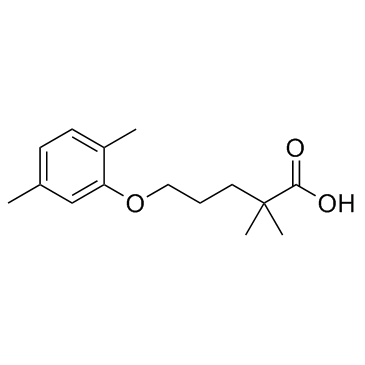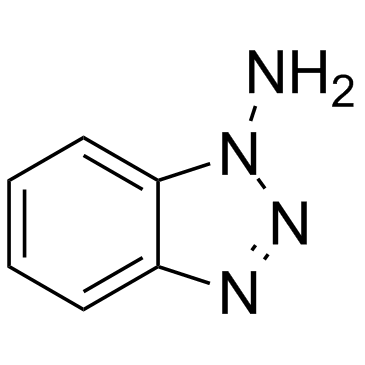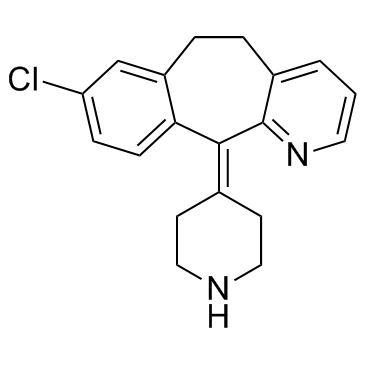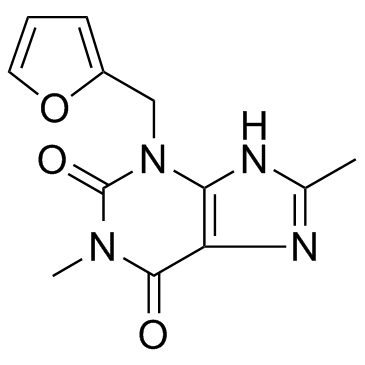| 结构式 | 名称/CAS号 | 全部文献 |
|---|---|---|
 |
酮康唑
CAS:65277-42-1 |
|
 |
吉非罗齐
CAS:25812-30-0 |
|
 |
1-氨基苯并三唑
CAS:1614-12-6 |
|
 |
奎尼丁
CAS:56-54-2 |
|
 |
地氯雷他定
CAS:100643-71-8 |
|
 |
呋拉茶碱
CAS:80288-49-9 |